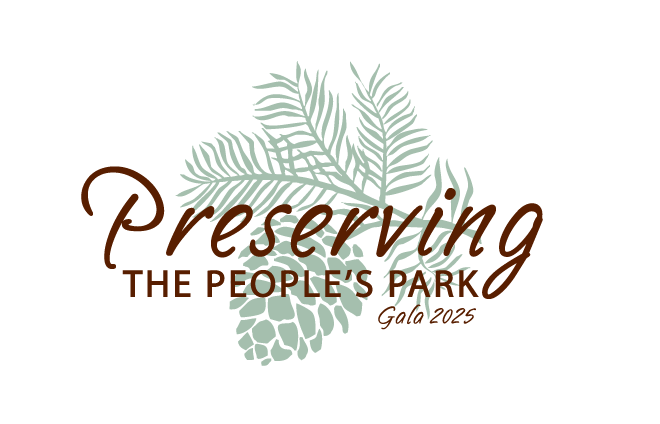“Preserving the People’s Park.” That’s the name we gave to our 48th Anniversary Gala, and it’s with good reason. In a time of great uncertainty, where unscrupulous developers are pushing harder than ever before to tear down Long Island’s premier ecosystem, it’s important to remember why we want to preserve it. “The People’s Park” isn’t just a catchy, alliterative slogan, it’s a genuine description of the Pine Barrens. In preserving it, we grant Long Islanders a natural inheritance that will last for generations, improving the lives of everyone, instead of just the handful who would profit from short-sighted developments.
We began our gala with a brief look at a most beloved portion of our Middle School Kids Go To College and Inspiring Youth to Protect Their Environment programs: the hike through Fish Thicket Preserve. It was a warm day in early May when we went on this hike, and yet after nearly an hour, not one of us had a tick anywhere on us. That good fortune embodied the spirit of the day, as the several dozen middle schoolers learned about their local ecosystem, spotted a rare migratory bird (the Bay-breasted Warbler), and acted as good stewards, picking up litter that dotted the trail. To leave a place better than it was when you arrived is the ultimate life goal of all environmentalists, and that the students gladly lived up to that goal was inspiring to see.
In the second part of the gala, we headed to some of the Pine Barrens’ easternmost reaches, in Westhampton Beach, to learn about some of the ecosystem’s native plants with LIPBS board member Suzanne Ruggles. From the Highbush Blueberry to Wintergreen, we looked at plants that grew taller than most people, and plants that covered the forest floor. Pollinators were abundant, and their pleasant little movements made them excellent subjects for the video. While the Pine Barrens are named for one particular species, the ecosystem is a choir, not a solo. Each species plays an important role in making up the totality of the Pine Barrens, and without one the whole is dramatically lessened. Beyond that, it is important to appreciate the beauty of these plants, even when they’re not in bloom. The intricate structure of the branches, the diverse shapes of the leaves, even the minutely distinct shades of green – all these things are details to appreciate at length.
The third and final part of the gala proper consisted of an exploration of Cranberry Bog County Nature Preserve with LIPBS founder and board member John Turner. Cranberry Bog gets its name from its former purpose. Much of the preserve surrounds a pond which is not a natural formation, and there is still evidence of widespread clearings from a century ago. These things are artifacts from the time when the land was a cranberry bog. Over a hundred years ago, Long Island was a leading producer of cranberries, and such bogs dotted the Island. Yet, the industry crashed, and the bogs were left behind. That the land was subsequently preserved, and now hosts numerous remarkable species (on the visit recorded for the gala, the rarest species we saw was the elusive Black Vulture, the wingtips of which sparkle silver in the sunlight), is a testament to the power of Mother Nature to reclaim what was taken from her.
What Cranberry Bog provides is a lesson, and a comfort. What might in the present appear to be a dominant industry, the apex of human construction, could in the not-too-distant future crash and fade swiftly into obscurity. Thus, while some developments appear to be permanent scars on the Pine Barrens could, with time, be restored into a natural paradise, perfect not only for the flora and fauna that inhabit it, but for all of us nature lovers who wish to learn more about them. You can see several remarkable encounters with the local wildlife in the gala video itself, and I’ve carefully avoided discussing them here, as I think they speak for themselves.
“Preserving the People’s Park” is the core of our mission at the Pine Barrens Society. To preserve the Pine Barrens is to preserve a place for people to recreate, to learn, to experience the numerous psychological benefits from going outside. It’s to preserve the Island’s air and water, and thus the health of its residents. It’s to preserve a source of inspiration for generation after generation, and we couldn’t be more thankful for the support we receive in our pursuit of this goal.
By Travis Cutter, Long Island Pine Barrens Society


